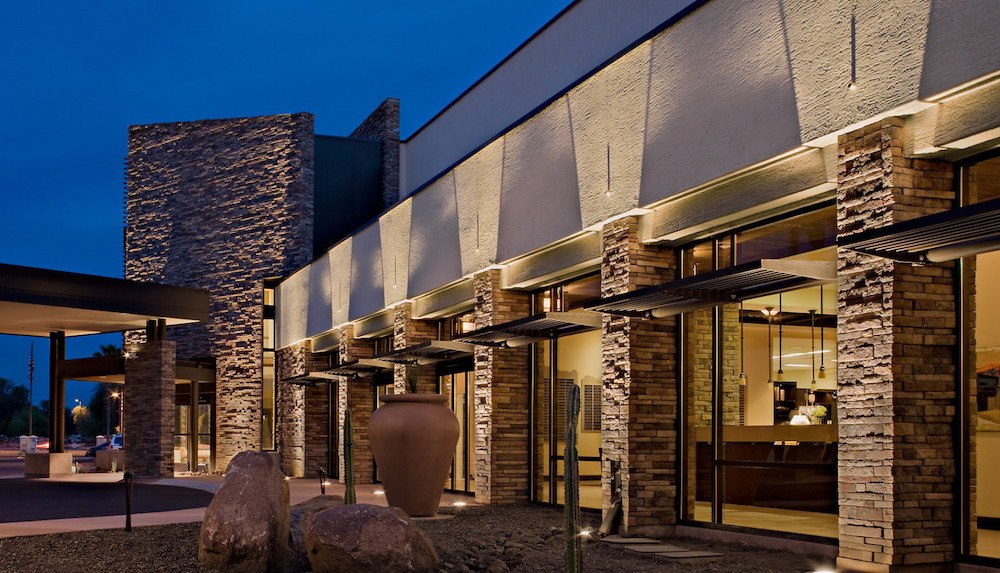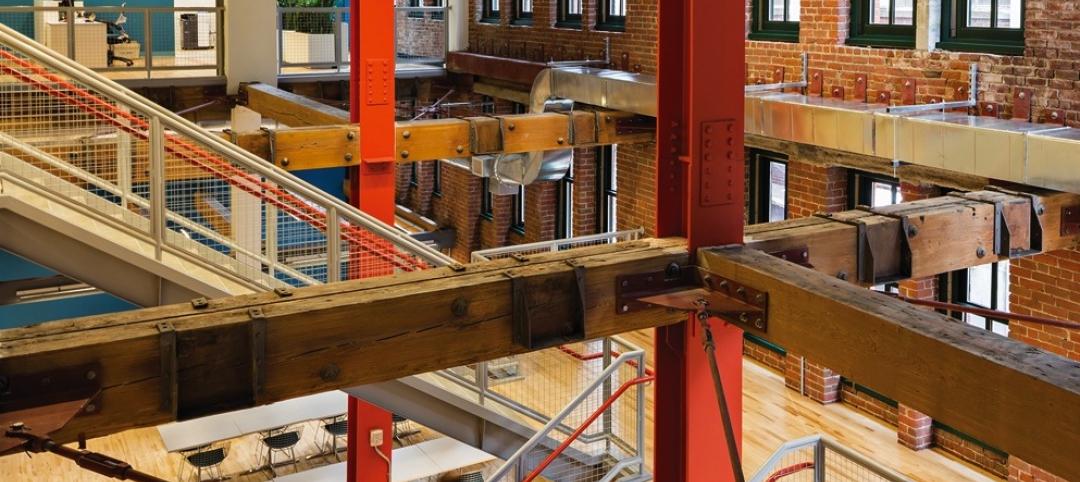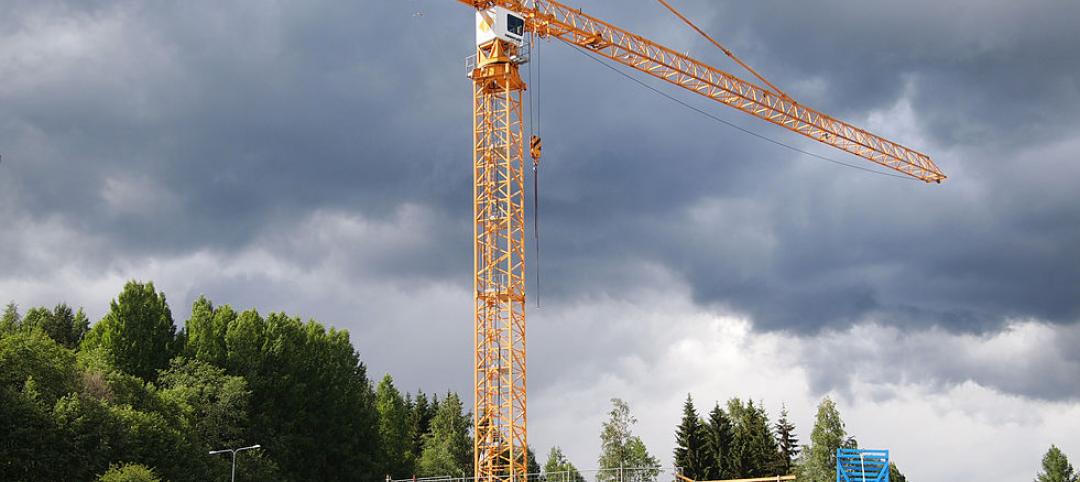International design and architecture firm Perkins Eastman announced the publication of its latest white paper, “Biophilic Design: An Alternative Perspective for Sustainable Design in Senior Living,” co-authored by Associate Hillary DeGroff, IIDA, LEED AP ID+C, and Architect McCall Wood.
The white paper examines biophilic design, studies the ways by which it lends focus to the topic of sustainability, and revisits the firm’s most successful projects to promote an understanding of the potential benefits of applying BD principles in senior living environments. The white paper is available for free download.
“Biophilic design is a focused area of research that brings people to the center of the sustainability discussion,” notes DeGroff and McCall. “It attempts to scientifically understand how people interact with their environment and, consequently, how their environment can be designed to better support them.”
While this idea has existed for nearly three decades, its use within the field of architecture has not been common practice until now. Establishing BD as a guiding principle throughout the design process, especially as it concerns senior living environments, is to recognize the imperative role the built environment plays in resident health, well-being, and quality of life.
According to the authors, “As designers, we can better understand how our environments impact us psychologically and physiologically to create architecture that promotes positive and transformative interactions. This white paper presents knowledge of how the brain and body respond to their environment and how the application of this knowledge helps demonstrate a commitment to sustainability.”
Among the spotlight projects used as case studies for this white paper are Camphill Ghent, Chatham, N.Y.; Moorings Park, Naples, Fla.; NewBridge on the Charles, Dedham, Mass.; North Chicago VA Community Living Centers, Chicago; Rockwood Retirement Community, Spokane, Wash.; Saint John’s on the Lake, Milwaukee; Sun City Park, Yokohama, Japan; and Westminster Village, Scottsdale, Ariz.
The white paper was produced and edited under Perkins Eastman’s Senior Living leadership team.
Related Stories
| Sep 9, 2014
Using Facebook to transform workplace design
As part of our ongoing studies of how building design influences human behavior in today’s social media-driven world, HOK’s workplace strategists had an idea: Leverage the power of social media to collect data about how people feel about their workplaces and the type of spaces they need to succeed.
| Sep 7, 2014
Behind the scenes of integrated project delivery — successful tools and applications
The underlying variables and tools used to manage collaboration between teams is ultimately the driving for success with IPD, writes CBRE Healthcare's Megan Donham.
| Sep 3, 2014
New designation launched to streamline LEED review process
The LEED Proven Provider designation is designed to minimize the need for additional work during the project review process.
| Sep 2, 2014
Ranked: Top green building sector AEC firms [2014 Giants 300 Report]
AECOM, Gensler, and Turner top BD+C's rankings of the nation's largest green design and construction firms.
| Sep 2, 2014
Harvard study: Nation unprepared to meet housing needs of aging population
The number of adults in the U.S. aged 50 and over is expected to grow to 132 million by 2030. But housing that is affordable, physically accessible, well-located, and coordinated with supports and services is in too short supply.
| Jul 28, 2014
Reconstruction market benefits from improving economy, new technology [2014 Giants 300 Report]
Following years of fairly lackluster demand for commercial property remodeling, reconstruction revenue is improving, according to the 2014 Giants 300 report.
| Jul 28, 2014
Reconstruction Sector Construction Firms [2014 Giants 300 Report]
Structure Tone, Turner, and Gilbane top Building Design+Construction's 2014 ranking of the largest reconstruction contractor and construction management firms in the U.S.
| Jul 28, 2014
Reconstruction Sector Engineering Firms [2014 Giants 300 Report]
Jacobs, URS, and Wiss, Janney, Elstner top Building Design+Construction's 2014 ranking of the largest reconstruction engineering and engineering/architecture firms in the U.S.
| Jul 28, 2014
Reconstruction Sector Architecture Firms [2014 Giants 300 Report]
Stantec, HDR, and HOK top Building Design+Construction's 2014 ranking of the largest reconstruction architecture and architecture/engineering firms in the U.S.
| Jul 23, 2014
Architecture Billings Index up nearly a point in June
AIA reported the June ABI score was 53.5, up from a mark of 52.6 in May.














